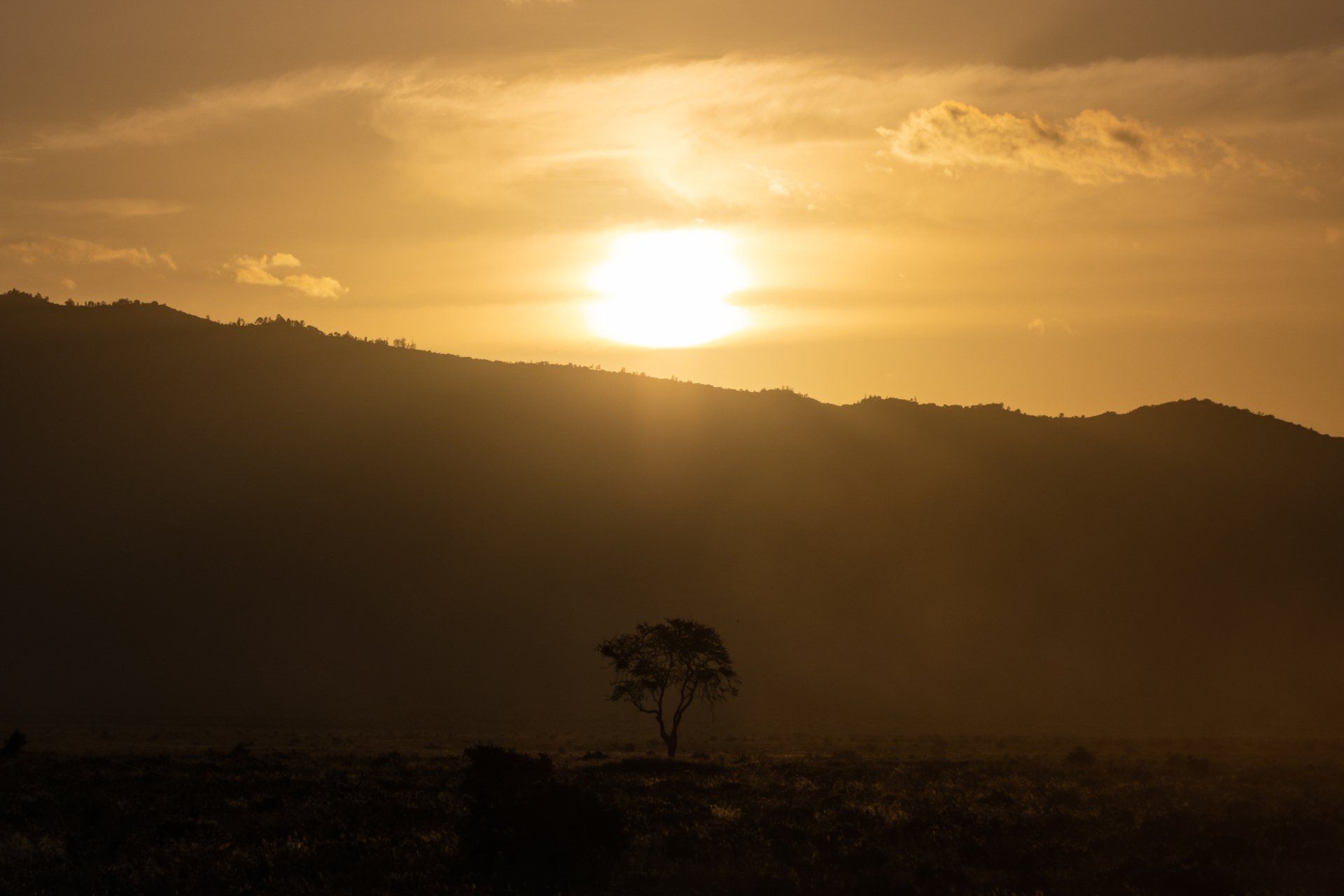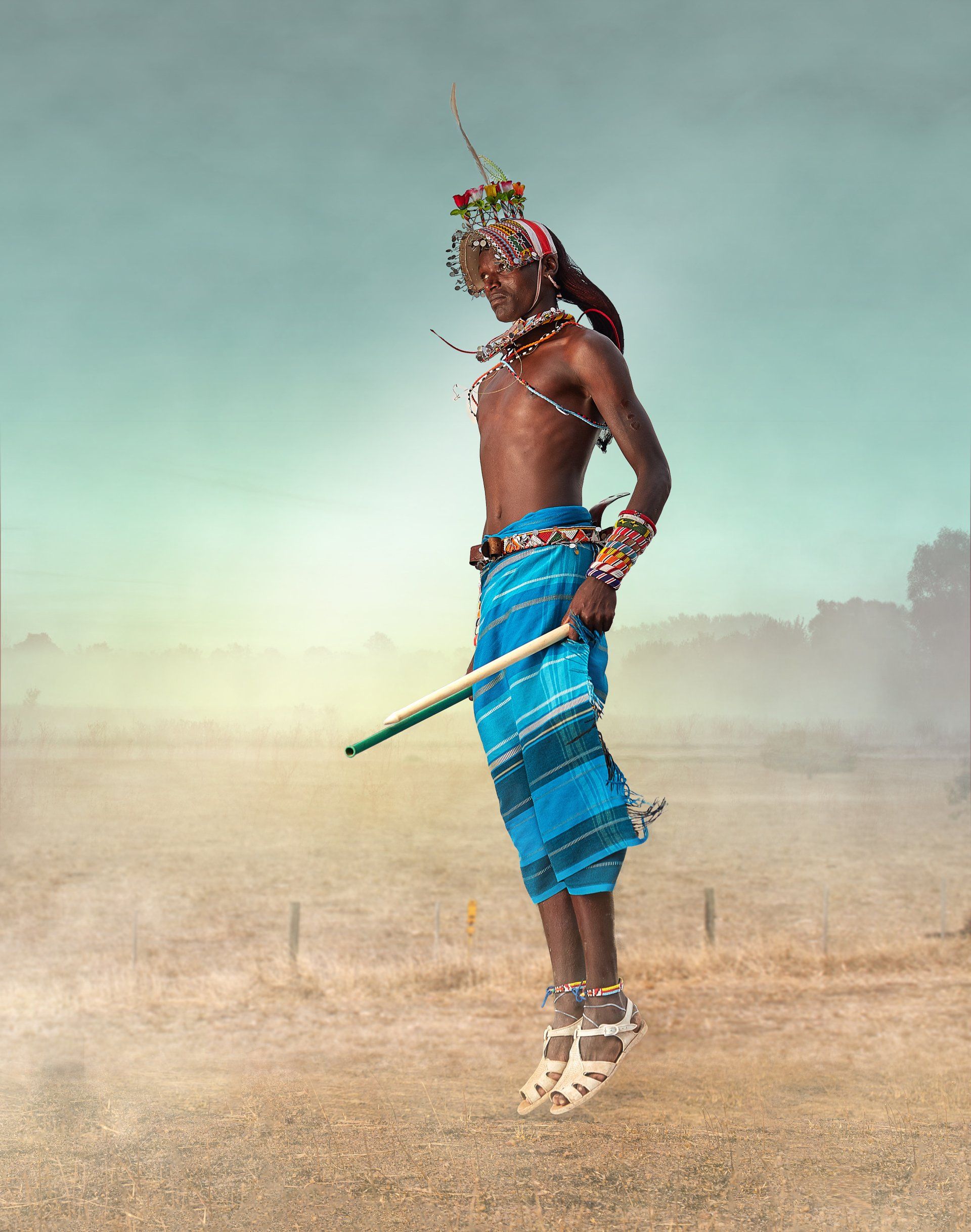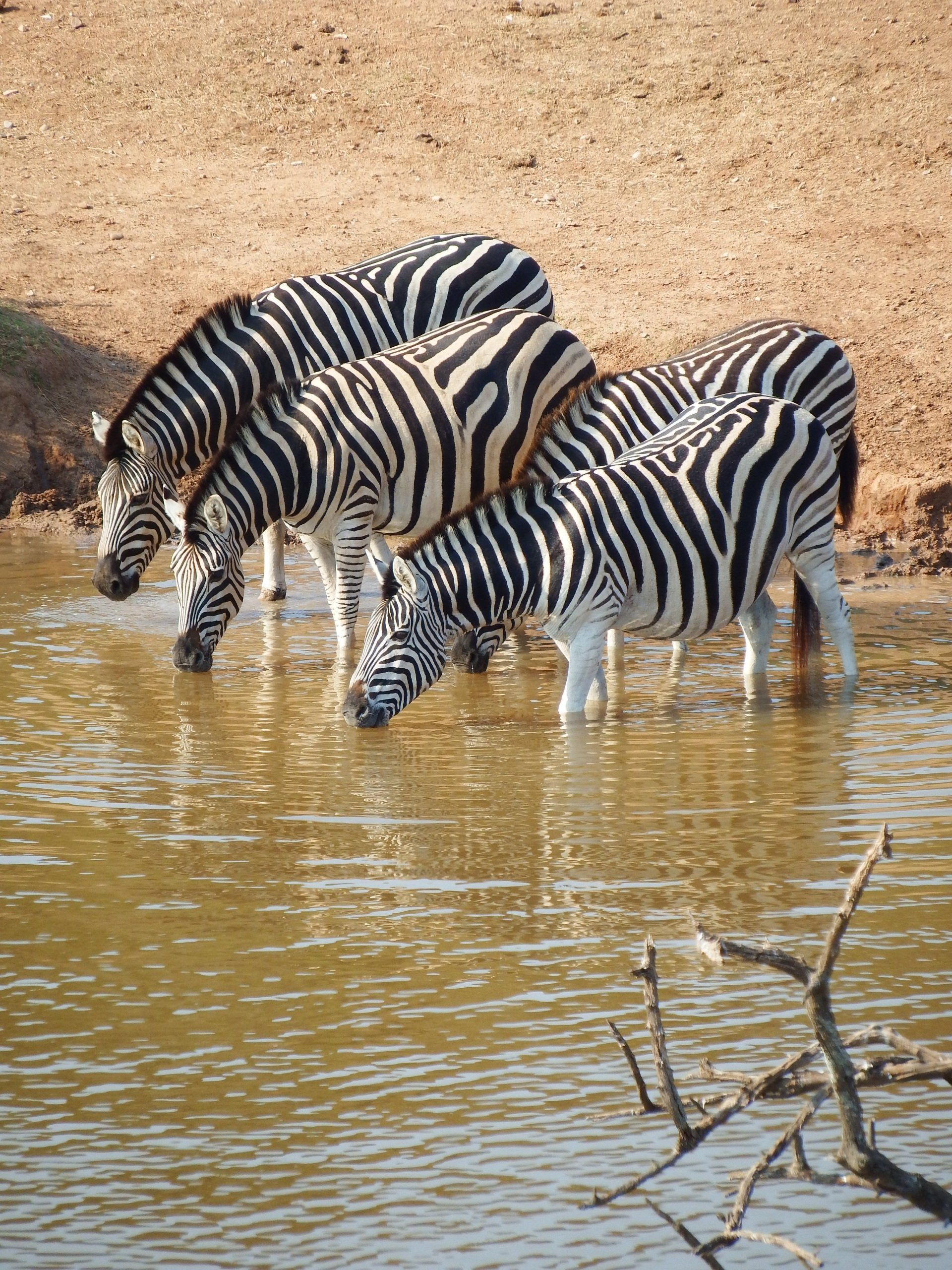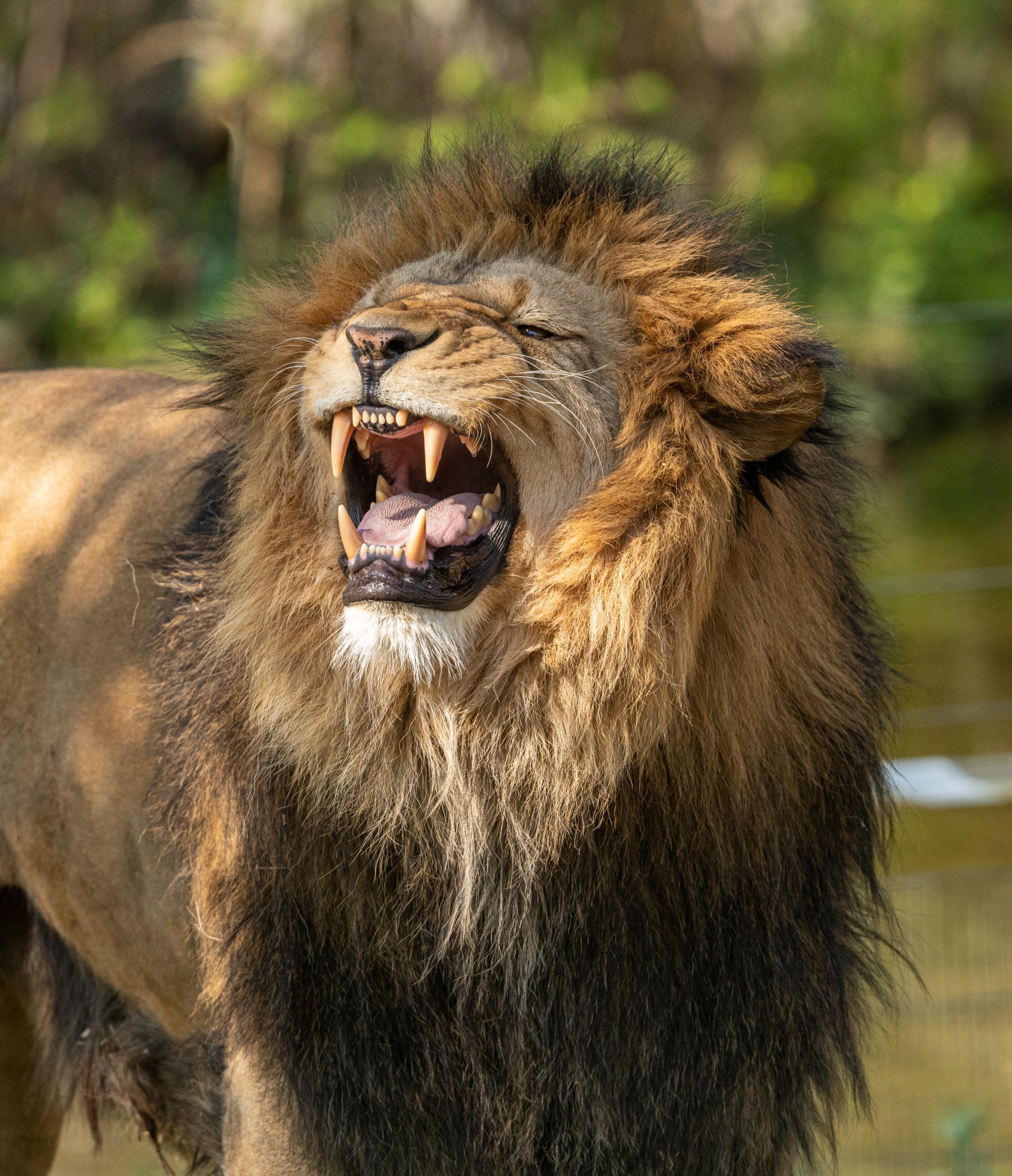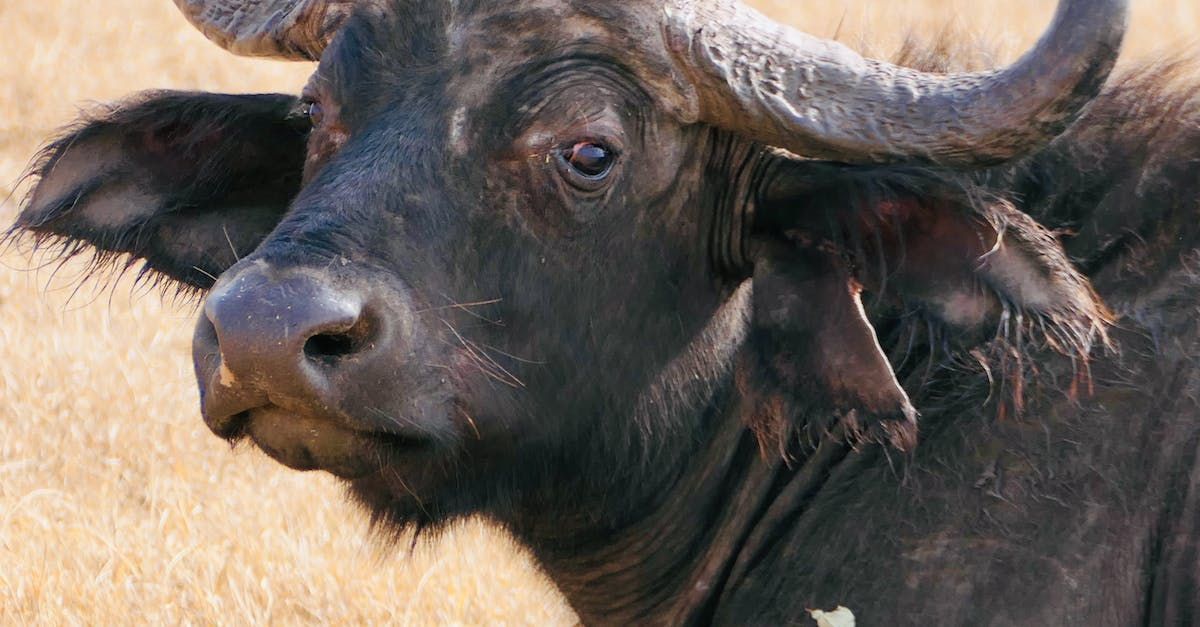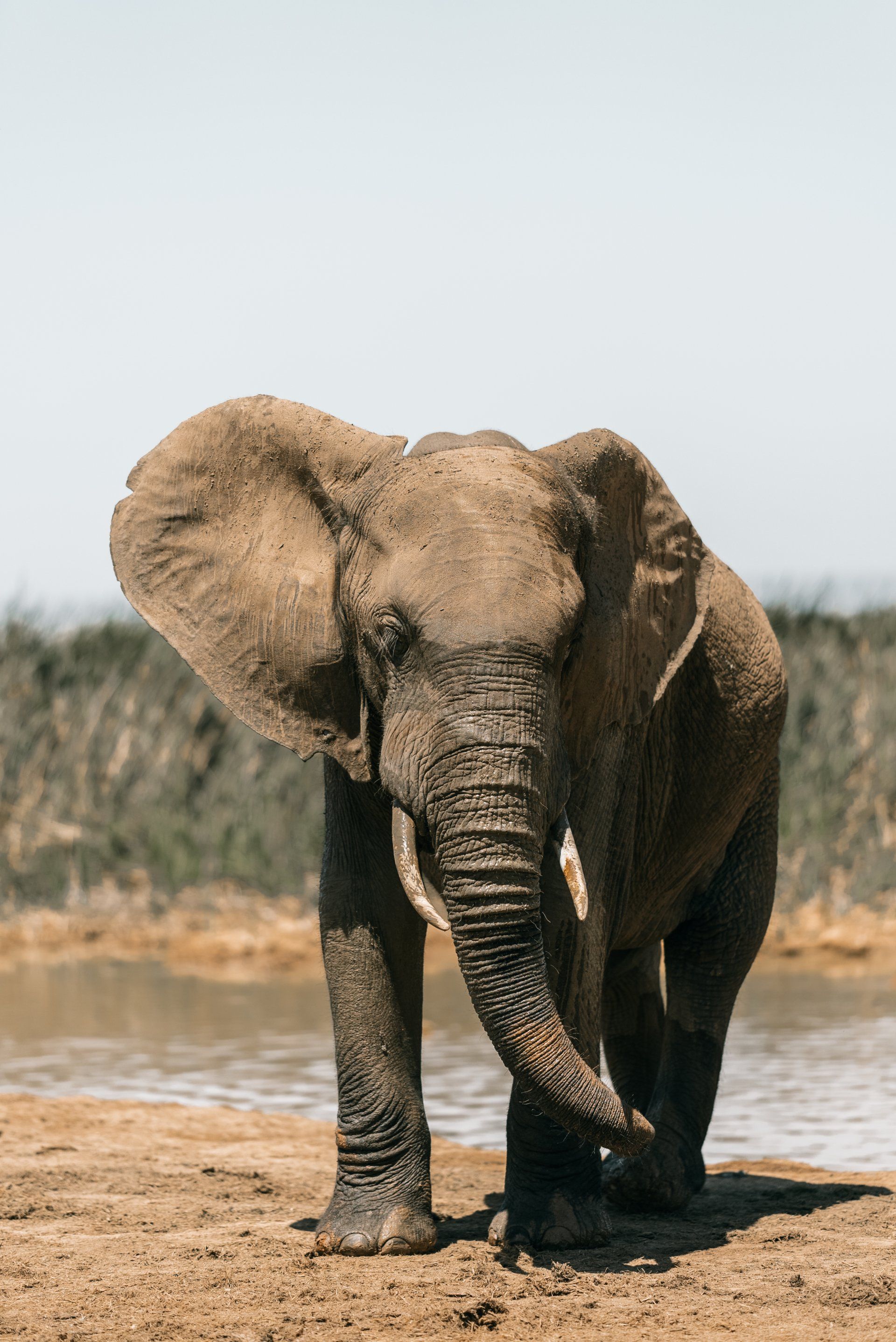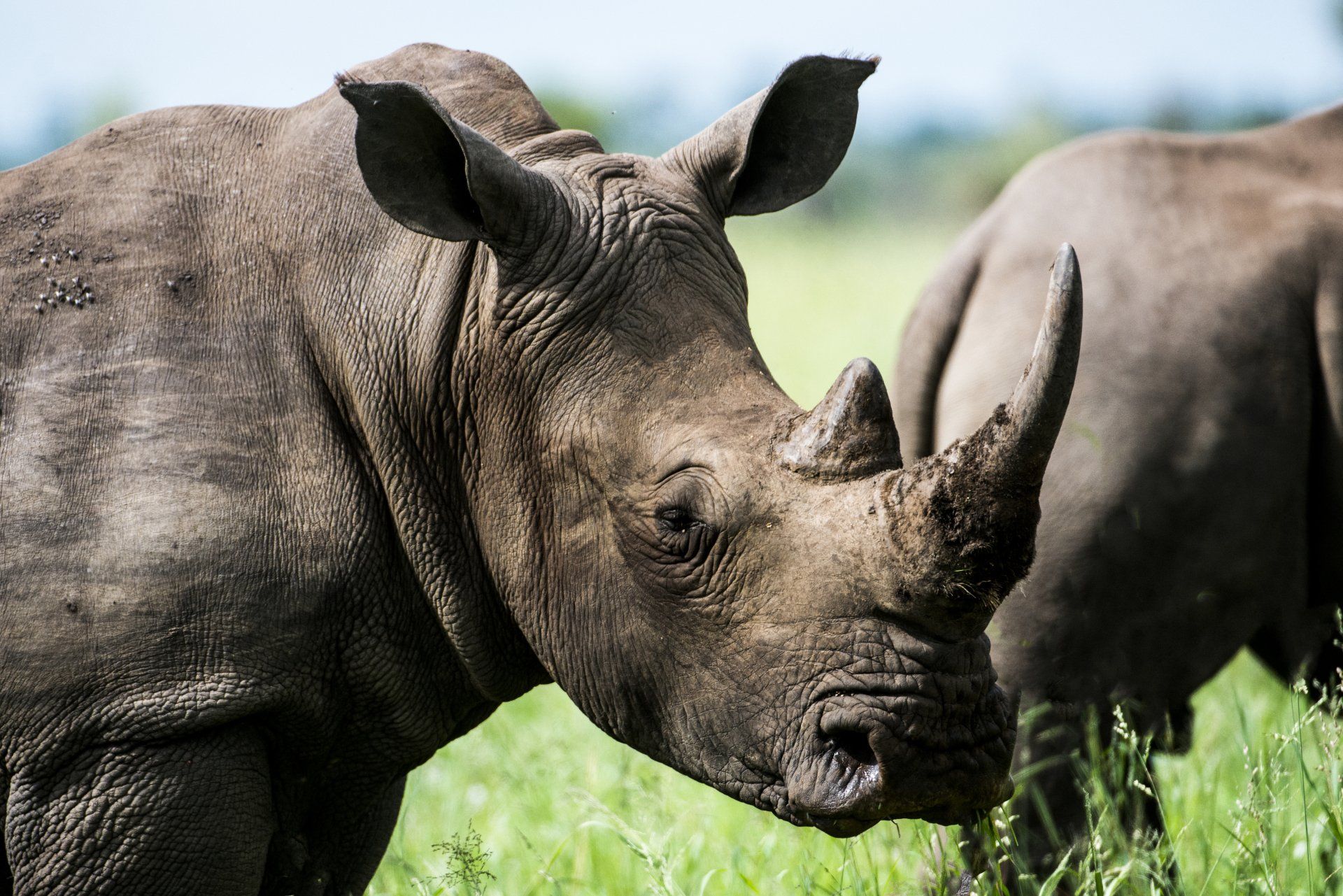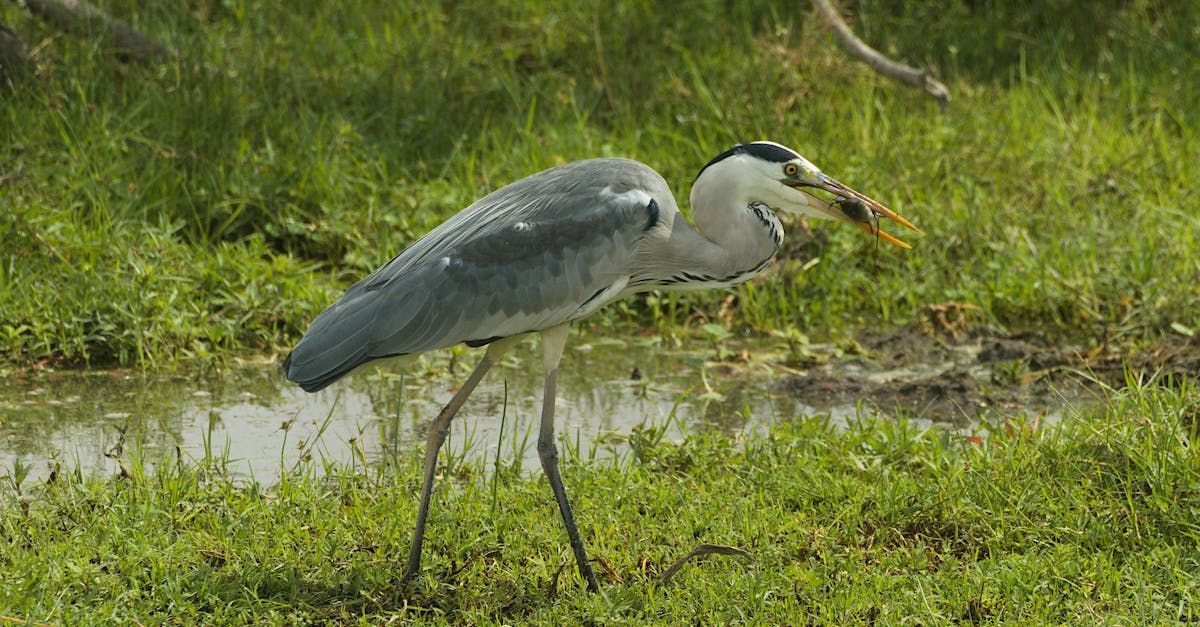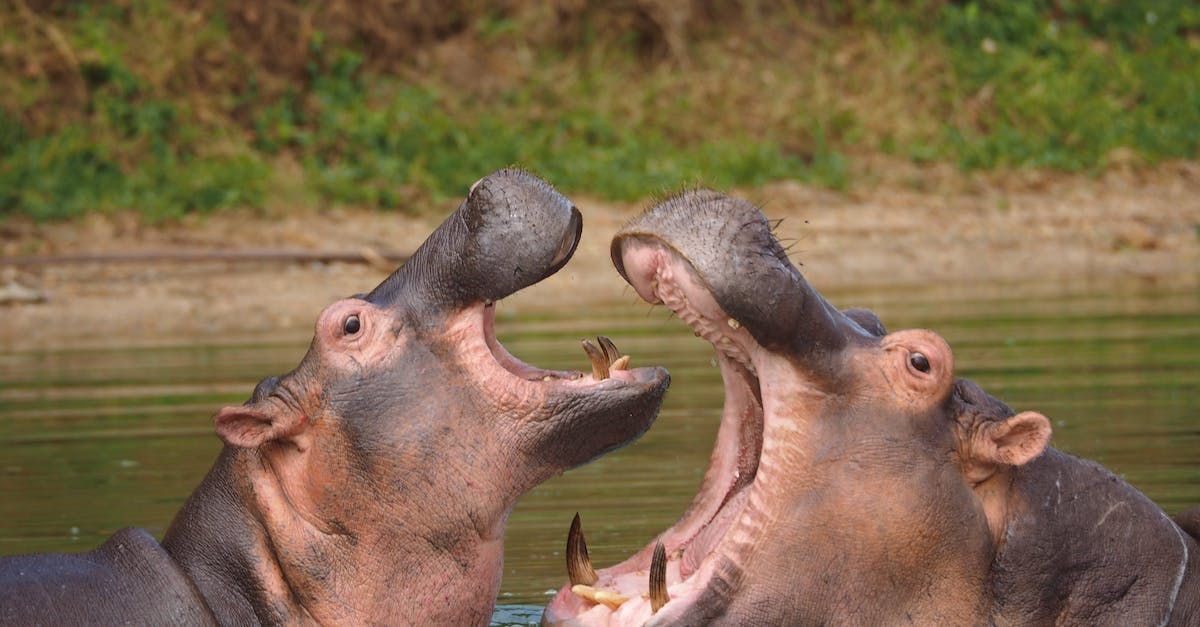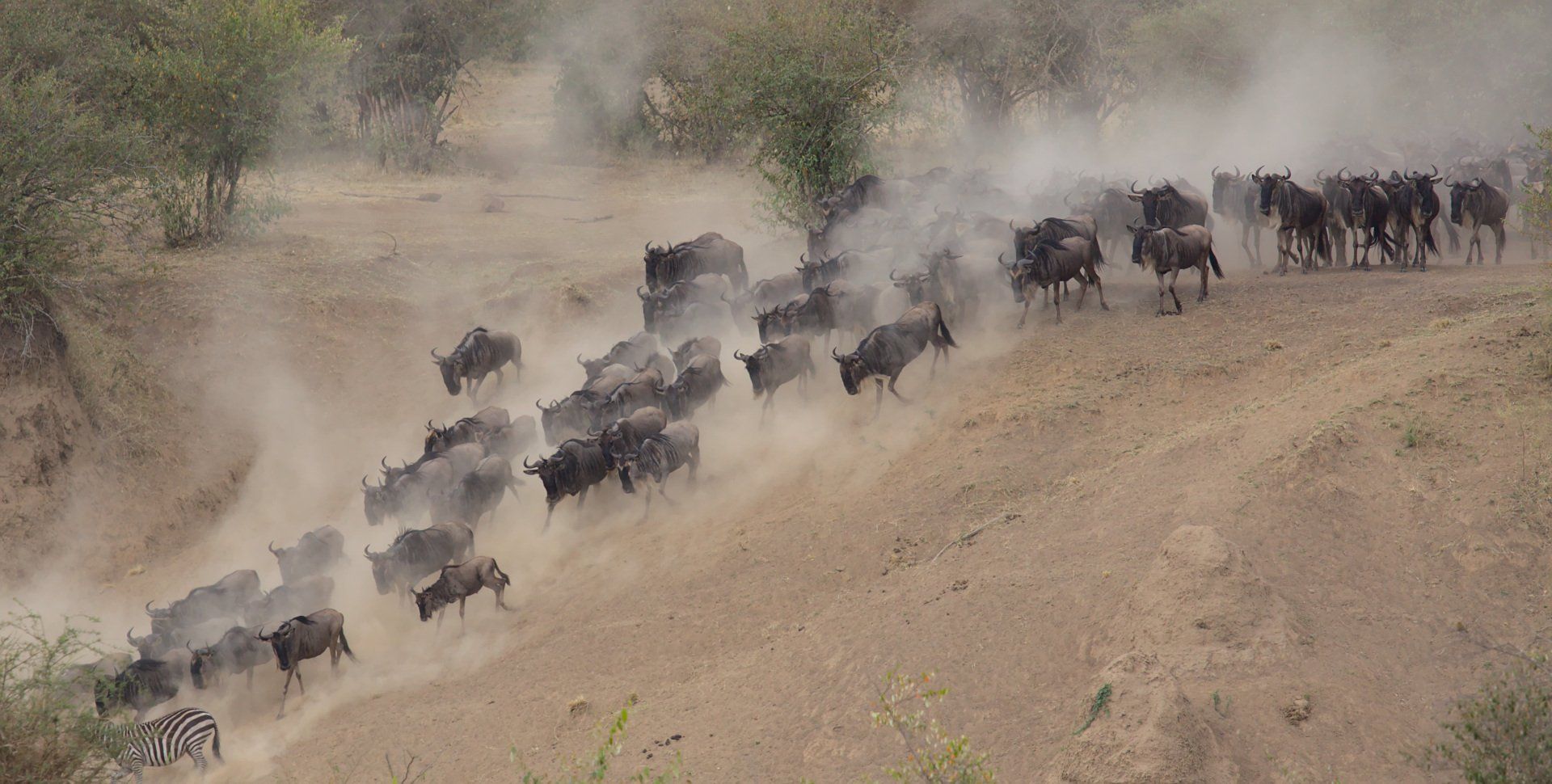Safari in Kenya, are there really better times?
Choose the most suitable safari for your holidays in Kenya
The best time to take a safari in Kenya depends largely on what you hope to see and your tolerance for crowds or weather conditions. However, in general, the dry seasons, which run from late June to October and late December to March, are often considered the best times for safaris in Kenya.
During these times, the climate is drier and vegetation is less dense, making it easier to spot wildlife as they gather around water sources. Additionally, the dry season coincides with the Great Migration in the Masai Mara, where millions of wildebeest, zebra and other animals migrate from the Serengeti in Tanzania to the Masai Mara in Kenya, providing incredible wildlife viewing opportunities.
That said, the dry season is also the peak tourist season, so the parks can be busier and accommodation prices tend to be higher. If you prefer quieter safaris and don't worry about the possibility of rain, the shoulder seasons of November and April to May can offer good wildlife viewing opportunities with fewer tourists.
Ultimately, the best time for your Kenya safari depends on your preferences, budget and what you hope to experience on your trip.
Fulvia House offers four routes and will assist you in the best possible way to make your experience unforgettable.
1 Tsavo est and ovest
Tsavo National Park is one of the largest national parks in Kenya, Africa. Tsavo is divided into two separate parks:
Tsavo East is known for its vast open plains, while Tsavo West offers more diverse landscapes including volcanic cones, mountains, rivers, and lakes. Both parks offer unique safari experiences.
- Abundant Wildlife: Tsavo is home to a wide variety of wildlife, including the "Big Five" (lion, elephant, buffalo, leopard, and rhinoceros), as well as other iconic African species such as giraffes, zebras, hippos, crocodiles, cheetahs, hyenas, and numerous bird species.
- Red Elephants of Tsavo: Tsavo is famous for its "red elephants," which are elephants covered in red dust from the park's red soil. Observing these majestic creatures as they roam freely in their natural habitat is a unique and unforgettable sight.
- Scenic Landscapes: Tsavo's landscapes are incredibly diverse, with rugged terrain, volcanic hills, lava flows, and the scenic Galana River cutting through the park. The park also features iconic landmarks such as the Yatta Plateau, the world's longest lava flow, and the Lugard Falls.
- Cultural Experiences: Tsavo is also home to diverse ethnic communities, including the Maasai, Kamba, and Taita peoples. Visitors have the opportunity to learn about their traditional cultures, customs, and way of life through cultural visits and interactions with local communities.
2 Masai Mara
Masai Mara National Reserve, which is located in southwestern Kenya, contiguous with the Serengeti National Park in Tanzania. Here are some key highlights :
- Wildlife Viewing: The Masai Mara is home to a diverse array of wildlife, including the "Big Five" (lion, leopard, elephant, buffalo, and rhinoceros) as well as cheetahs, hyenas, giraffes, zebras, wildebeest, hippos, crocodiles, and numerous bird species.
- Great Migration: One of the most spectacular natural events in the world, the Great Migration sees millions of wildebeest, zebras, and gazelles migrate from Tanzania's Serengeti to Kenya's Masai Mara in search of greener pastures.
- Hot Air Balloon Safaris: Many tour operators offer hot air balloon safaris over the Masai Mara at dawn, providing a unique perspective of the wildlife and landscapes below. It's a breathtaking experience and an excellent opportunity for photography.
- Cultural Experiences: The Masai Mara region is also rich in Maasai culture, and visitors have the chance to interact with Maasai communities, learn about their traditional way of life, and participate in cultural activities such as village visits, traditional dances, and craft shopping.
3 Amboseli National Park
Amboseli is located in southern Kenya, near the Tanzania border. Here are some key highlights:
- Scenic Landscapes: Amboseli is famous for its picturesque landscapes, dominated by the snow-capped peak of Mount Kilimanjaro in the background. The park features vast plains, acacia woodlands, swamps, and marshes, creating a diverse habitat for a wide variety of wildlife.
- Elephant Encounters: Amboseli is known for its large herds of elephants, and it's one of the best places in Africa to observe these majestic animals up close. Visitors can often see elephants roaming freely against the backdrop of Kilimanjaro, making for incredible photographic opportunities.
- Other Wildlife: In addition to elephants, Amboseli is home to a variety of other wildlife, including lions, leopards, cheetahs, giraffes, zebras, wildebeest, buffalo, hippos, crocodiles, and an abundance of bird species. Amboseli is a paradise for birdwatchers, with over 400 bird species recorded in the park. From colorful kingfishers and vibrant sunbirds to majestic raptors and large waterbirds, there's plenty to see for bird enthusiasts.
- Cultural Experiences: Amboseli is also home to the Maasai people, and visitors have the opportunity to learn about their traditional way of life, culture, and customs. Many lodges and camps offer cultural visits to Maasai villages, where you can interact with locals, watch traditional dances, and purchase handmade crafts.
4 Serengeti National Park
Serengeti is located in northern Tanzania. Here are some key highlights:
- Great Migration: The Serengeti is famous for hosting the annual Great Migration, considered one of the most remarkable natural events on the planet. Each year, millions of wildebeest, zebras, and other herbivores migrate in search of fresh grazing grounds, following a circular route that takes them through the Serengeti and into Kenya's Masai Mara.
- Big Five and More: The Serengeti is home to the "Big Five" – lions, leopards, elephants, buffaloes, and rhinoceros – as well as a wealth of other wildlife, including cheetahs, hyenas, giraffes, zebras, hippos, crocodiles, and numerous bird species.
- Scenic Landscapes: The Serengeti's landscapes are incredibly diverse, ranging from vast open plains to acacia woodlands, rocky outcrops (kopjes), and riverine forests. The scenery is breathtaking, especially during sunrise and sunset when the savannah is bathed in golden light.
- Hot Air Balloon Safaris: Many tour operators offer hot air balloon safaris over the Serengeti, providing a unique perspective of the wildlife and landscapes below. Drifting silently over the plains at dawn offers a peaceful and unforgettable experience, with the chance to spot wildlife from above.
- Cultural Experiences: The Serengeti region is also rich in Maasai culture, and visitors have the opportunity to interact with Maasai communities, learn about their traditional way of life, and participate in cultural activities such as village visits, traditional dances, and craft shopping.
Accommodation:
There's a wide range of accommodation options, ranging from luxury safari lodges and tented camps to more budget-friendly campsites.
Reservations
For its guests Fulvia House offers complete free assistance to best choose and organize your tailor-made safari.
For any information do not hesitate to contact us via WhatsApp or email
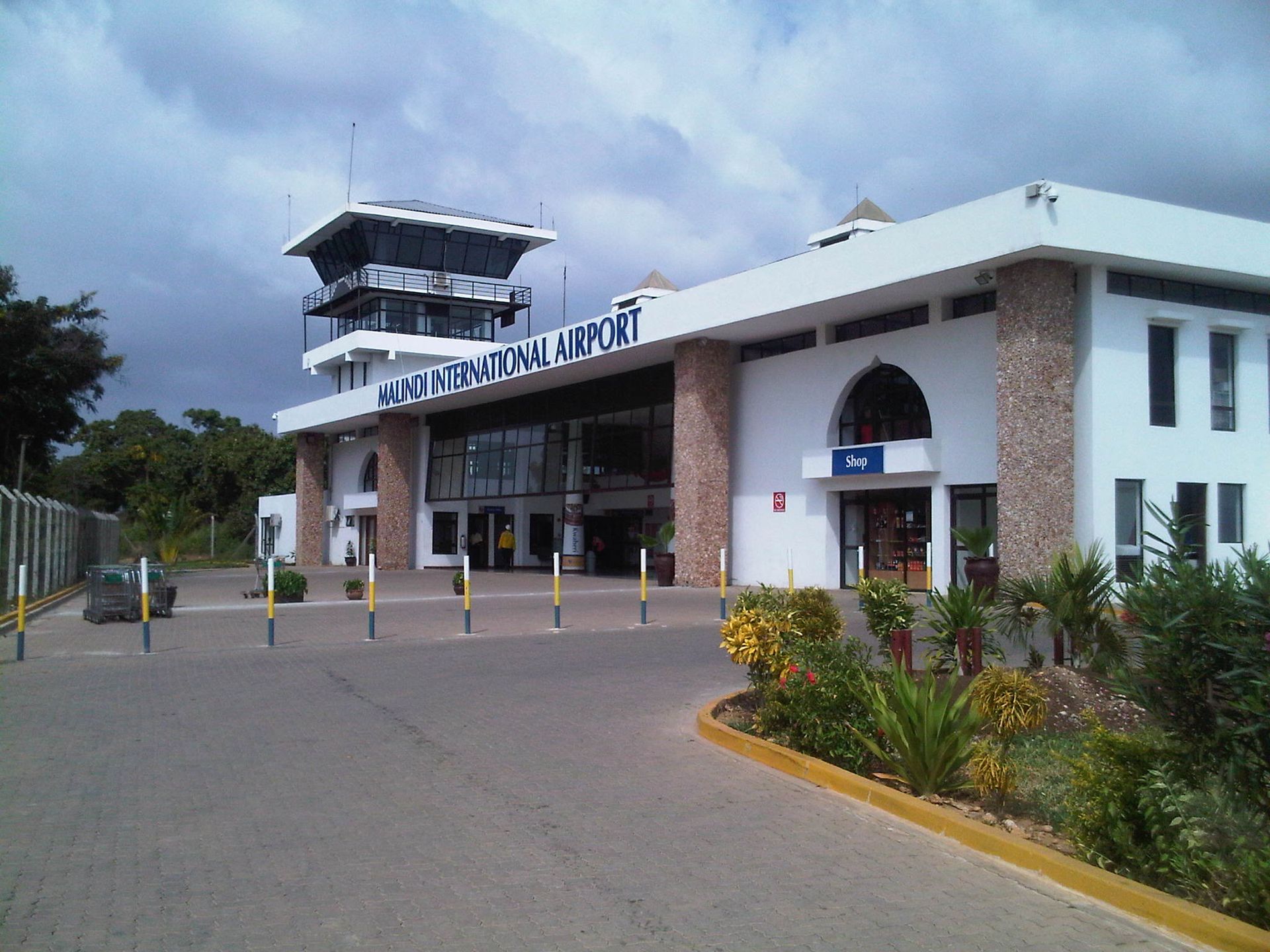
Fulvia House private villa, Lagoon Road from Marine Park Road, Malindi, 80200 Kenya
© Fuliva House, Malindi, Kenya, 2024. All rights reserved.
info@fulviahouse-malindikenya.com





